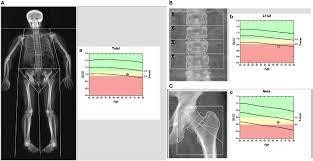When providing care for a client receiving peritoneal dialysis. While draining the dialysate the nurse notices that the efluent is cloudy. Which intervention is most important for the nurse to carry out at this moment?
Prepare the client for emergency surgery.
Send a specimen for culture and sensitivity.
Clamp the catheter and call the provider.
Irrigate the peritoneal catheter with sterile saline
The Correct Answer is B
Choice A rationale: Cloudy efluent doesn't necessarily indicate a need for emergency surgery unless accompanied by severe symptoms.
Choice B rationale: Cloudy efluent may indicate infection, so obtaining a culture and sensitivity test is crucial for appropriate treatment.
Choice C rationale: This step might be necessary if the efluent suggests infection, but sending a specimen for testing is the immediate priority.
Choice D rationale: This action isn't the first step; investigating the cause of cloudiness through testing is essential.
Nursing Test Bank
Naxlex Comprehensive Predictor Exams
Related Questions
Correct Answer is B
Explanation
Choice A rationale: Used primarily for gout and familial Mediterranean fever, not for Paget's disease.
Choice B rationale: Alendronate is a bisphosphonate commonly used to manage Paget's disease by slowing down bone breakdown and reducing the risk of complications.
Choice C rationale: Prednisone is a corticosteroid used for various inflammatory conditions but not typically prescribed for Paget's disease.
Choice D rationale: Used to lower uric acid levels and prevent gout attacks, not a primary medication for Paget's disease.
Correct Answer is B
Explanation
Choice A rationale: This test is not specific for confirming osteoporosis.
Choice B rationale: This test is called a bone mineral density (BMD) test or a dual-energy X-ray absorptiometry (DXA) scan. It measures how much calcium and other minerals are in a segment of bone.
Choice C rationale: This test is not specific for confirming osteoporosis.
Choice D rationale: This test is not specific for confirming osteoporosis.

Whether you are a student looking to ace your exams or a practicing nurse seeking to enhance your expertise , our nursing education contents will empower you with the confidence and competence to make a difference in the lives of patients and become a respected leader in the healthcare field.
Visit Naxlex, invest in your future and unlock endless possibilities with our unparalleled nursing education contents today
Report Wrong Answer on the Current Question
Do you disagree with the answer? If yes, what is your expected answer? Explain.
Kindly be descriptive with the issue you are facing.
